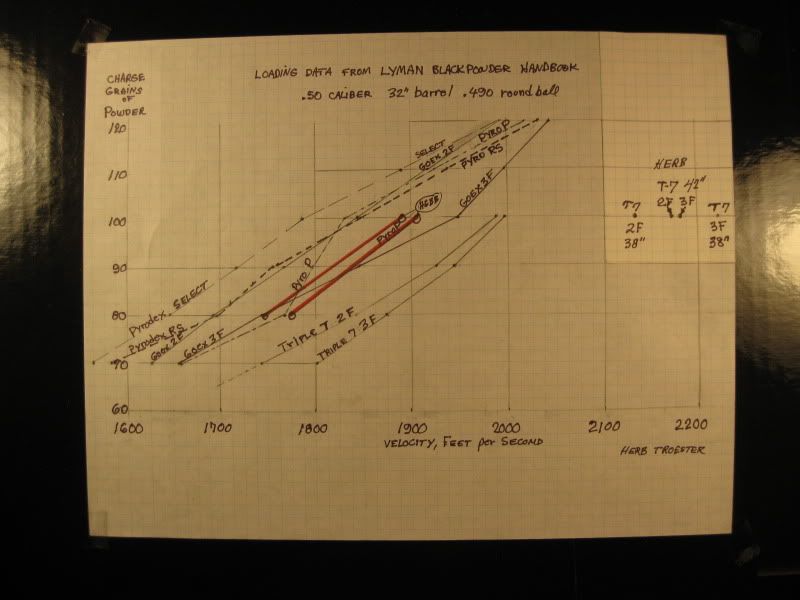Pete Gaimari
69 Cal.
- Joined
- Sep 8, 2010
- Messages
- 3,545
- Reaction score
- 11
I agree Zonie, and if you can't get a kill with 110 gr. You're too far away. :wink:

Zonie said:For what it's worth, I think powder loads over 110 grains are excessive for 95 percent of the modern reproduction rifles.
This is not to say 130-140 grains of powder is excessive for a well made Hawken style rifle built with the highest quality heavy duty barrel and breech plug like the originals.
The guns I'm referring to that can use these heavy powder loads are in the $2500+ range and they are custom builds. They are far from anything offered by Thompson Center, Lyman, Pedersoli or Uberti.
For these Italian and U.S. made recreations the shooter must always read and follow what is written in the handbook that comes with their rifles.
Va.Manuf.06 said:No offense to anyone, but I thought this thread would have died of boredom a long time ago. But then, I'm still reading it so..... :shocked2:
What's it worth if you're never going to use it?Josh Smith said:I just had a sudden impulse to go dump the Pyrodex I have in the garden, but I can't bring myself to pour $20 away.
Yup, and half of those posts are yours. :rotf:Capper said:8 pages just to say Crapodex is.....well......crappy. :idunno:
Rogue River said:Hello Josh:
Give it as a Christmas present to your favorite muzzleloader buddy! :thumbsup:
R.M. said:Yup, and half of those posts are yours. :rotf:Capper said:8 pages just to say Crapodex is.....well......crappy. :idunno:
So I've been told many times.Capper said:Hard to convince the stubborn. :idunno:


Herb said:When I first got Swiss powder a few years ago, I called the distributor for loading data. He said there was none, Swiss would not furnish any. There is loading data now (Google "Swiss powder loading data"), mostly from the U.K. for target loads. In a .58 flintlock target rifle with a round ball, they list 75-90 grains of #2 for a 100 meter target load. For what that is worth.
Lyman's Black Powder Handbook & Loading Manual, 2nd edition, says "The data listed in this section has been tested by Lyman technicians under controlled laboratory conditions. It is designed for use in modern production muzzleloaders. With the vast range of modern muzzleloaders available to today's shooters, there are also wide variations in the maximum loads recommended for these firearms. Loads shown in this manual may not be safe for all muzzleloaders. It is the shooters responsibility to obtain the maximum loads recommended by the manufacturer of a particular firearm, and not to exceed these loads...."
Those loads go to a maximum of 120 grains for almost all calibers except .58, which go to 140 grains. .32 and .36 calibers max out at 70 grains and some .45 loads max out at 100, others go to 120 grains.
Enter your email address to join: